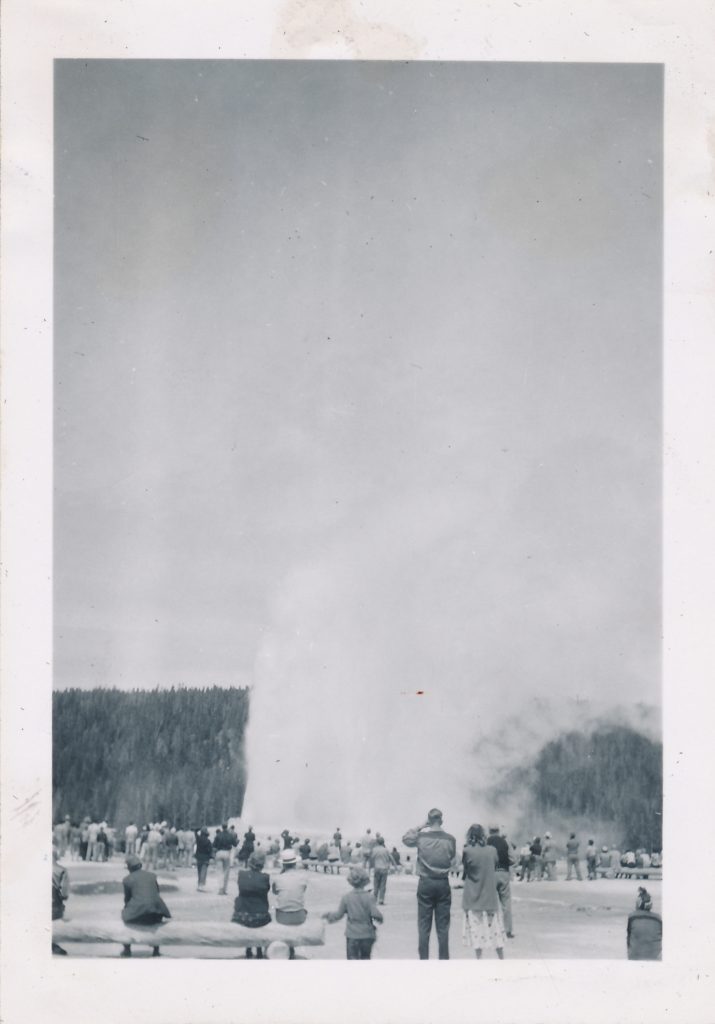On the high plains of Northeastern Montana, private industry is assuming an unexpected form. In an undertaking historically only pursued by government agencies, the American Prairie Reserve (APR) is in the process of assembling, according to APR’s website, “the largest nature reserve in the continental United States” — close to 3.5 million acres, or New York City times 11.
With characteristics that make them a prime target for agriculture, temperate grasslands are one of the most endangered biomes on earth, APR explains. This landscape is habitat for an abundance of biodiversity including plants, insects, and animals. Today, less than 2 percent of grasslands worldwide have been permanently conserved.
In 1999, researchers identified the glacial plains of Montana as an excellent candidate for large-scale habitat and wildlife restoration, considering its relatively pristine condition and the state’s large amount of public land. And, in 2001, APR was founded.

As an early step in its wildlife restoration efforts, the nonprofit organization has begun to reintroduce the iconic bison, an animal whose near extinction created a significant imbalance in the ecosystem of the American prairie. These animals — considered livestock by the Montana Department of Livestock — are allowed to freely roam APR lands, confined only by a fence along the border of the thousands, and what will eventually be millions, of acres.
But in its immense undertaking to preserve the American prairie — both by buying private land and leasing federal land — APR has begun to experience resistance.
“The rub in this matter is that APR is gobbling up farms and ranches to stitch together 500,000 acres of deeded property with 3 million acres of public land,” Montana resident Ron Poertner told The Billings Gazette. “The Bureau of Land Management (BLM) facilitates that effort by its stated intention to approve APR’s grazing leases for bison and in so doing essentially grants operational control of huge tracts of public land to APR.”
Similar to Poertner, some Montana ranchers are upset over the project due to the prospect of no longer being able to graze their livestock on federal land. Yet APR contends that maintaining “operational control” of massive swaths of land is necessary for the restoration of an entire ecosystem — approximately 3.5 million acres, according to research — including maintenance of the bison herd.
“Our goal over the long term is to let the bison population grow to thousands of animals that are allowed to roam over vast areas of unfenced, native prairie,” APR’s website reads. “This will permit bison to graze the prairie according to their natural instincts. This grazing pattern, especially when combined with fire that historically occurred on the prairies, results in a diversity of habitats, which, in turn, supports a great diversity of wildlife.”
The reserve’s complicated but refreshingly entrepreneurial approach will certainly not be quick or easy.
While much concern over APR’s efforts seems to boil down to control of the land, retired BLM employee Dennis Linghor told The Billings Gazette that the organization will be treated no differently than other Montana ranchers. “APR has been and will continue to be held to the same required BLM standards and guidelines as other permittees regardless of their type of livestock, season of use, or grazing system.”
Since APR began acquiring grasslands in 2004, it has purchased from willing sellers nearly 100,000 acres and leased over 300,000 acres of public land.
APR’s complicated but entrepreneurial approach toward conservation will certainly not be quick or easy — or occur without a fight — but it stands to have an enduring impact on the iconic American prairie.





